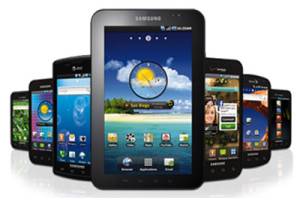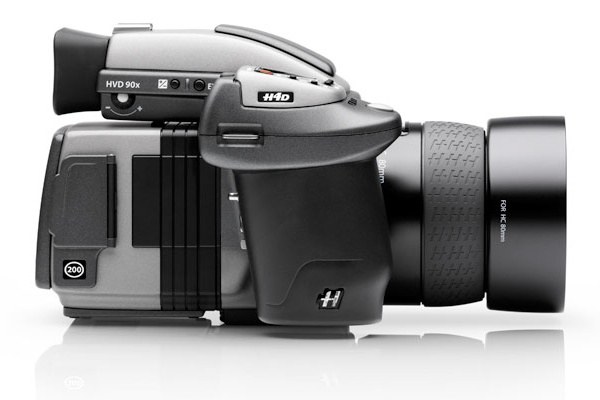Google has released a video showing off an interesting environmentally friendly innovation in one of their newly built data centers -- namely, a seawater cooling system for its servers. Located on the southern coast of Finland, the data center takes advantage of massive quarter-mile long tunnels installed by a paper mill previously operating on the site. The latter cooled some of its paper making machinery using the tunnels -- and apparently other industries have been known to do this as well -- but up until now using seawater for data center cooling was unheard of.
According to the video, the center collects cool water through an inlet pipe and travels through granite tunnels built by the paper mill in the 1950s. The water is pumped through the data center and run into exchangers that dissipate the heat from servers. Then it's mixed back with cooler water and put back into the sea at a similar temperature it entered the system, so as to have as little impact as possible on the surrounding ecosystem.
There's no air conditioning or other cooling system. The idea is part of the company’s strategy to take advantage of local resources to develop the best environmental strategy for its facilities. Next week Google will also be detailing two other energy-efficient data centers in Europe that don't use chillers, but rather outside air and evaporative cooling.
Besides minimizing environmental impact, the initiative should also help reduce operating costs, as energy consumption and cooling in particular are known to be among the biggest expenses for data centers. Apparently, the Finland data center will also make use of wind power and at least some of this would come from a new wind park next to the facility.








